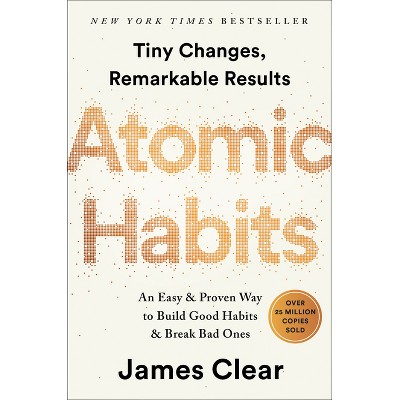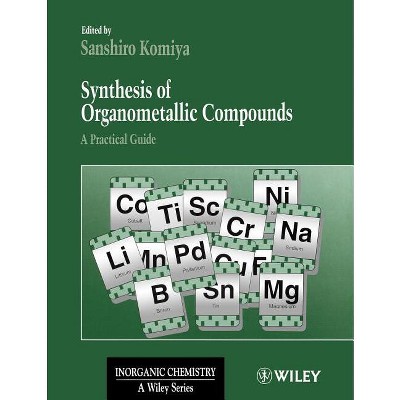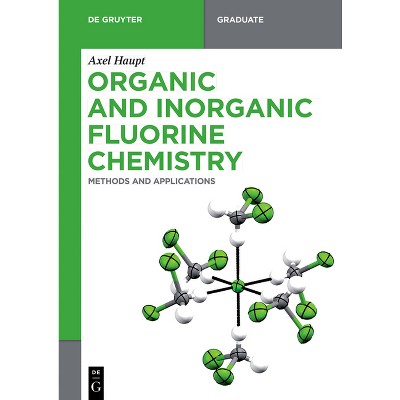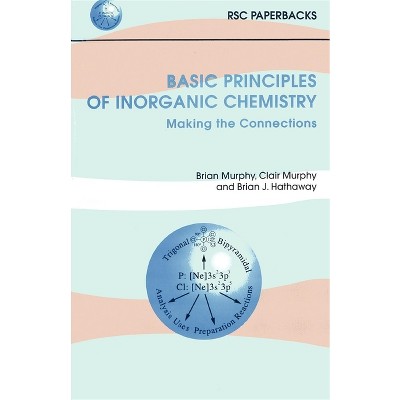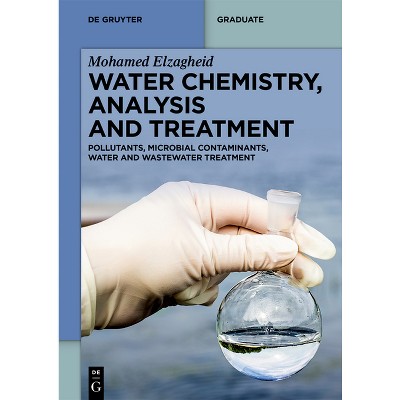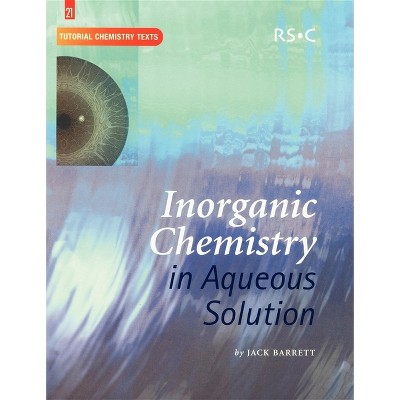Lanthanide and Actinide Chemistry - (Inorganic Chemistry: A Textbook) 2nd Edition by Simon Cotton (Hardcover)

About this item
Highlights
- About the Author: SIMON COTTON, PHD, is a retired Honorary Senior Lecturer in Chemistry at the University of Birmingham, UK.
- 336 Pages
- Science, Chemistry
- Series Name: Inorganic Chemistry: A Textbook
Description
About the Book
"Lanthanides and actinides are a group of elements in the periodic table with atomic numbers from 57-103. These elements have very specific properties and are also called "f elements", a name derived from their general electronic structure. Traditionally these metals are treated in very short chapters in general inorganic chemistry textbooks, so this book fills an important gap in the introductory inorganic chemistry publications. Since publication of the previous edition in 2006, there has been an explosive growth in lanthanide and actinide research and f-elements are becoming increasingly important in a wide variety of applications based on their particular chemical, electronic, magnetic and optical properties. This book offers the basic knowledge to support the growing number of students and researchers in this growing field. Important applications of lanthanides and actinides include superconductors, fuel cells, single-molecule magnets, lasers, imaging and sensors. Organometallic lanthanides have become important in synthetic organic chemistry, and as shift and contrast agencies in NMR and MRI. Lanthanides: Lanthanum, Cerium, Praseodymium, Neodymum, Promethium, Samarium, Europium, Gadolinium, Terbium, Dysprosium, Holmium, Erbium, Thulium, Ytterbium, Lutetium Actinides: Actinium, Thorium, Protactinium, Uranium, Neptunium, Plutonium, Americium, Curium, Berkelium, Californium, Einsteinium, Fermium, Mendelevium, Nobelium, Lawrencium"--From the Back Cover
LANTHANIDE AND ACTINIDE CHEMISTRY
Lanthanides and actinides, also known as "f elements," are a group of metals which share certain important properties and aspects of electronic structure. They have a huge range of applications in the production of electronic devices, magnets, superconductors, fuel cells, sensors, and more. The cursory treatment of these important metals in most inorganic chemistry textbooks makes a book-length treatment essential.
Since 2006, Lanthanide and Actinide Chemistry has met this need with a thorough, accessible overview. With in-depth accounts of the lanthanides, actinides, and transactinides, this book is ideal for both undergraduate and postgraduate students in inorganic chemistry or chemical engineering courses. Now updated to reflect groundbreaking recent research, this promises to continue as the essential introductory volume on the subject.
Readers of the second edition of Lanthanide and Actinide Chemistry will also find:
- New and expanded subject areas including lanthanide enzymes, single-molecule magnets, luminescence and upconversion, organometallic and coordination chemistry; and many more.
- Up-to-date information on the myriad modern applications of f-elements
- Lists of objectives and learning goals at the start of each chapter
Lanthanide and Actinide Chemistry is ideal for advanced undergraduates and graduate students in f-element chemistry, inorganic chemistry, or any related field.
INORGANIC CHEMISTRY ADVANCED TEXTBOOK
This series reflects the pivotal role of modern inorganic and physical chemistry in a whole range of emerging areas, such as materials chemistry, green chemistry and bioinorganic chemistry, as well as providing a solid grounding in established areas such as solid state chemistry, coordination chemistry, main group chemistry and physical inorganic chemistry.
About the Author
SIMON COTTON, PHD, is a retired Honorary Senior Lecturer in Chemistry at the University of Birmingham, UK. He has decades of teaching and publishing experience in inorganic chemistry and related fields, and first worked with uranium and the lanthanides over fifty years ago; his 'Soundbite Molecules' column regularly appeared In the magazine Education in Chemistry for fifteen years, whilst he has written over 100 'Molecules of the Month' at https: //www.chm.bris.ac.uk/motm/motm.htm



